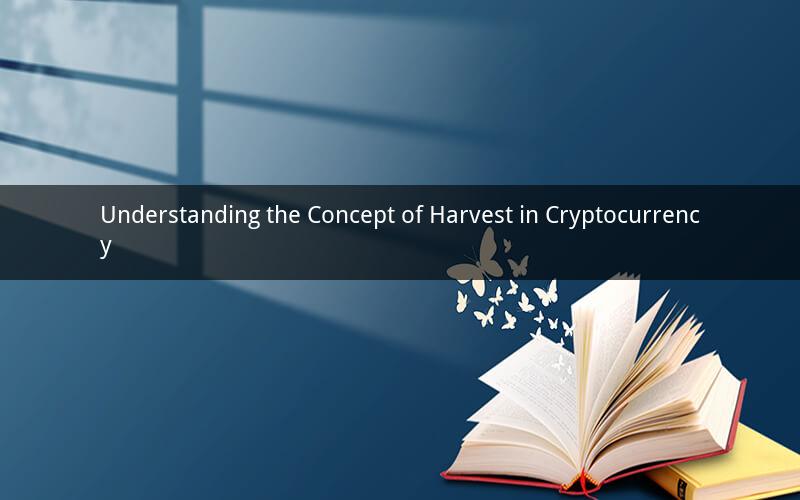
In the vast world of cryptocurrency, terms like "harvest" often crop up, leaving many newcomers bewildered. What exactly is harvest in cryptocurrency? This article delves into the intricacies of this term, offering insights into its significance and implications in the crypto space.
Harvest in cryptocurrency refers to the process of earning rewards by holding a particular cryptocurrency. It is akin to farming, where farmers cultivate crops over time, and in the case of cryptocurrency, investors cultivate their digital assets. The concept of harvest is particularly relevant in Proof of Stake (PoS) consensus mechanisms, where rewards are distributed to validators based on their holdings and participation in the network.
Proof of Stake (PoS) is a consensus mechanism that replaces the energy-intensive mining process of Proof of Work (PoW) with a more energy-efficient approach. In PoS, validators are chosen to create new blocks and validate transactions based on the number of coins they hold and are willing to "stake" as collateral. The more coins a validator stakes, the higher their chances of being selected to create a new block and earn rewards.
The process of harvest is straightforward. Investors who hold a certain amount of cryptocurrency and participate in a PoS network are eligible to earn rewards. These rewards can come in various forms, such as transaction fees, block rewards, or inflationary rewards. To participate in the harvest process, investors must lock their coins in a wallet or a staking pool for a specified period.
The rewards earned through harvest are subject to various factors, including the size of the stake, the duration of the lock-up period, and the network's inflation rate. Generally, the larger the stake and the longer the lock-up period, the higher the rewards. However, it is crucial to note that high rewards often come with higher risks, such as the potential for loss due to market volatility.
Here are some common questions about harvest in cryptocurrency:
1. What is the difference between farming and harvesting in cryptocurrency?
Answer: Farming and harvesting are often used interchangeably in the context of cryptocurrency. Both terms refer to the process of earning rewards by holding and participating in a PoS network. Farming is the act of cultivating digital assets, while harvesting is the actual process of reaping the rewards.
2. How do I start harvesting in cryptocurrency?
Answer: To start harvesting in cryptocurrency, you need to first acquire the required amount of coins and participate in a PoS network. You can do this by locking your coins in a wallet or a staking pool. Ensure you choose a reputable platform and familiarize yourself with the network's rules and regulations.
3. Can I harvest in any cryptocurrency?
Answer: Not all cryptocurrencies support the PoS consensus mechanism, which is essential for harvest. Only those cryptocurrencies that utilize PoS can be harvested. It is crucial to research the consensus mechanism of the cryptocurrency you are interested in before attempting to harvest.
4. Are there any risks associated with harvesting?
Answer: Yes, there are risks involved in harvesting. The primary risk is market volatility, which can cause the value of your cryptocurrency to fluctuate significantly. Additionally, you may lose your stake if the network experiences a 51% attack or any other security breach.
5. How can I maximize my rewards from harvesting?
Answer: To maximize your rewards from harvesting, consider the following tips:
- Choose a cryptocurrency with a strong community and a robust PoS network.
- Opt for a long lock-up period to increase your chances of earning higher rewards.
- Stay informed about the latest developments in the cryptocurrency space to make informed decisions.
In conclusion, harvest in cryptocurrency is a process of earning rewards by holding and participating in a PoS network. Understanding the concept and its implications can help investors make informed decisions and maximize their returns. However, it is crucial to be aware of the risks involved and conduct thorough research before venturing into the world of harvest.